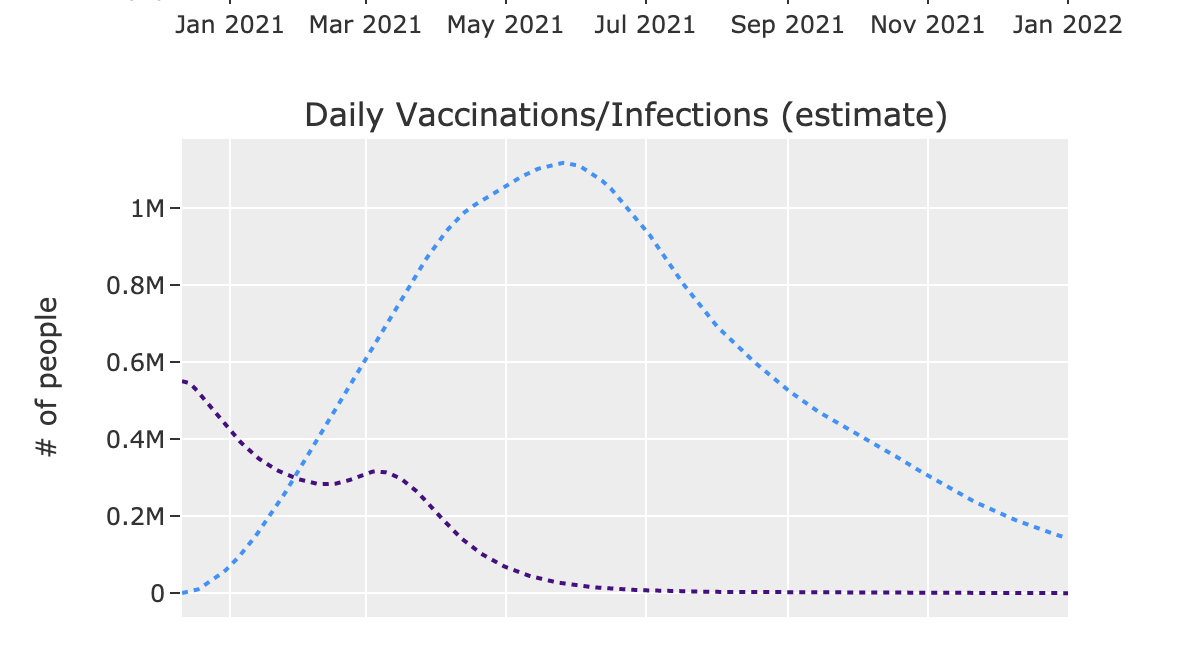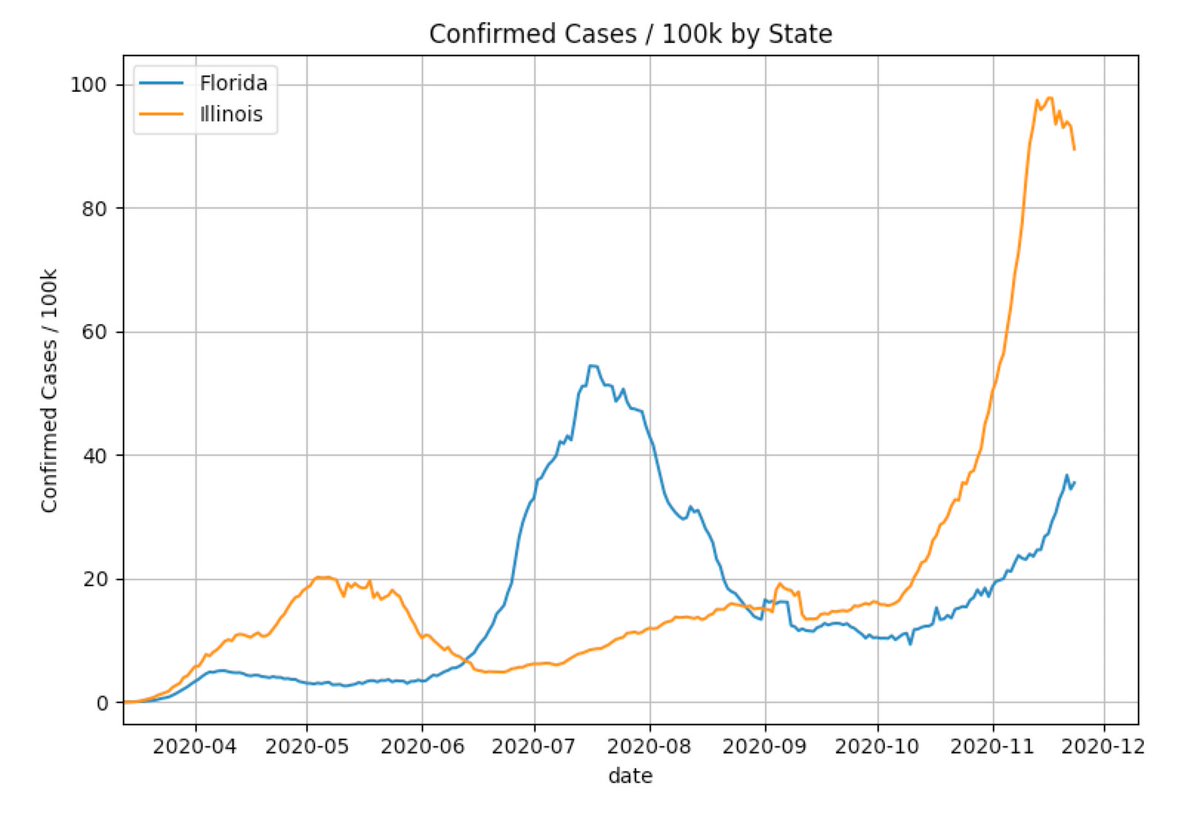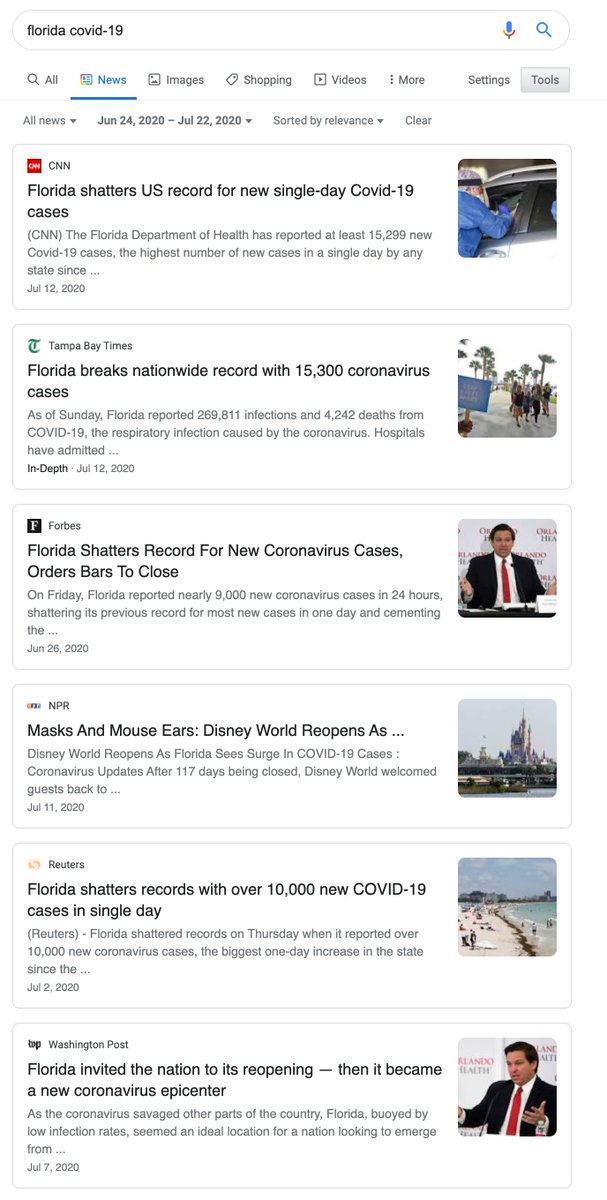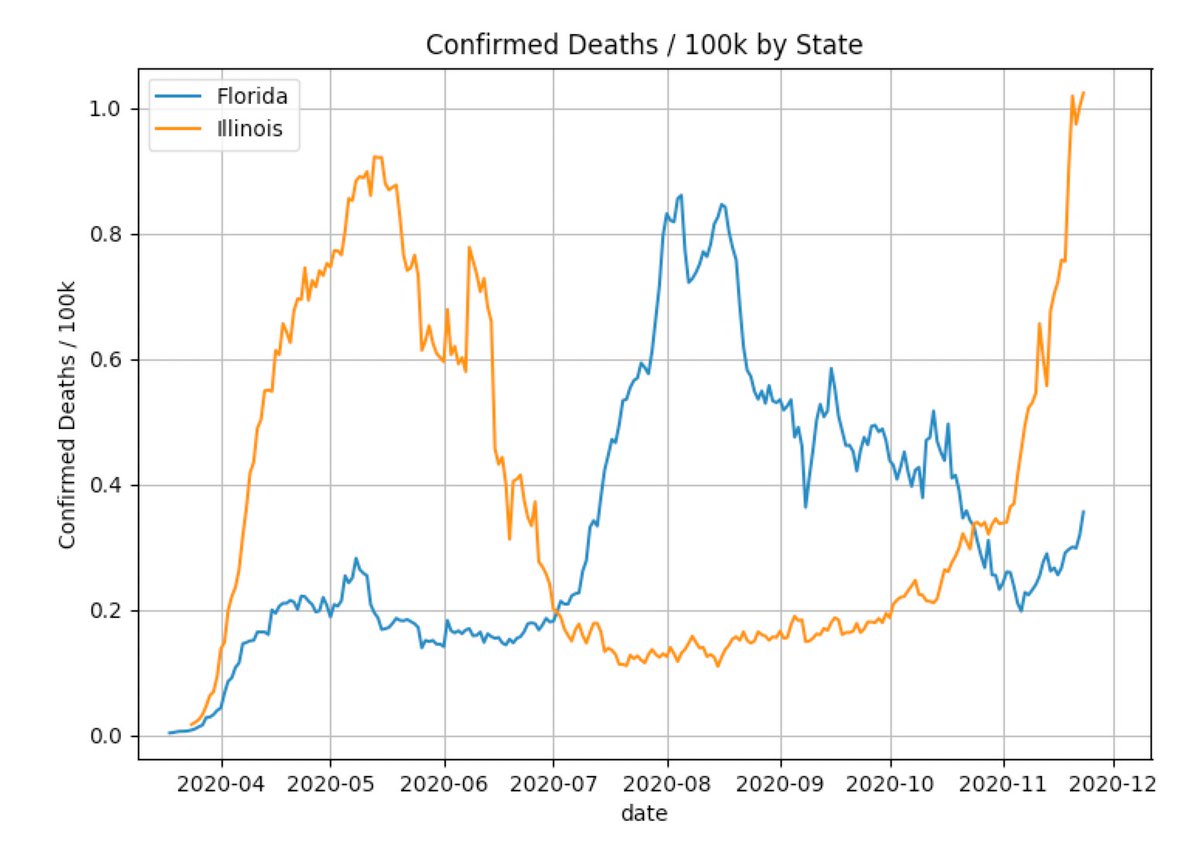
I launched a new page that shows the path to US COVID-19 herd immunity: covid19-projections.com/path-to-herd-i…
It's built on the assumption that herd immunity will be achieved via vaccination and natural infection.
Tl;dr version: I estimate a "return to normal" by June/July 2021.
It's built on the assumption that herd immunity will be achieved via vaccination and natural infection.
Tl;dr version: I estimate a "return to normal" by June/July 2021.

The underlying methodology is a simple model that simultaneously simulates daily vaccinations and new infections through 2022.
By May/June 2021, I estimate vaccinations to exceed 1 million people per day as they become available to the general public.
By May/June 2021, I estimate vaccinations to exceed 1 million people per day as they become available to the general public.

By mid-summer 2021, I estimate roughly 1/2 of the population have been vaccinated & 1/3 of the population have been infected.
After accounting for overlap/loss of immunity, this amounts to ~60% of the population possessing immunity to the virus, sufficient for herd immunity.
After accounting for overlap/loss of immunity, this amounts to ~60% of the population possessing immunity to the virus, sufficient for herd immunity.

Currently, May-July 2021 is my best estimate for when new infections and deaths will become minimal, allowing society to return to normal.
It's been almost a year since the pandemic first began, and we can finally see the light at the end of the tunnel.
It's been almost a year since the pandemic first began, and we can finally see the light at the end of the tunnel.
Many assumptions have to be made to generate these estimates. I detail all of them in the write-up linked above.
As usual, I must mention that if any of the assumptions do not hold, then the results may be drastically different (e.g. if vaccine rollout is faster than expected).
As usual, I must mention that if any of the assumptions do not hold, then the results may be drastically different (e.g. if vaccine rollout is faster than expected).
An obvious but important assumption is that a majority of Americans will choose to take the vaccine by year-end 2021.
Unfortunately, this is not a confident assumption, and hence we must all do our best to ensure that this assumption will hold true.
Unfortunately, this is not a confident assumption, and hence we must all do our best to ensure that this assumption will hold true.
Despite the vaccine in the near horizon, I estimate ~40 million additional people will still be infected between now and next summer, resulting in ~200,000 additional reported deaths.
A ballpark estimate of the total US COVID-19 official death toll is 500,000 (+/- 100k).
A ballpark estimate of the total US COVID-19 official death toll is 500,000 (+/- 100k).
With all of the technological advances & scientific breakthroughs we have achieved as a society over the past 100+ years, we are still at nature's mercy when it comes to a pandemic.
It's been a humbling realization, and I hope we can learn from these lessons for the future.
It's been a humbling realization, and I hope we can learn from these lessons for the future.
• • •
Missing some Tweet in this thread? You can try to
force a refresh













